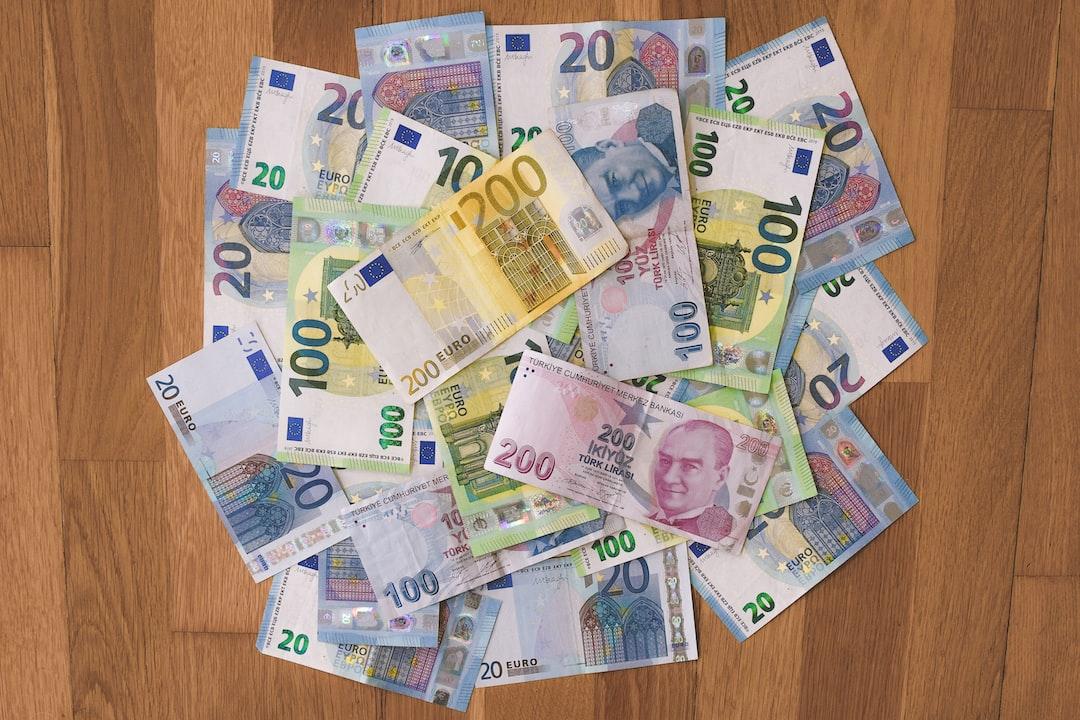Token incentives can attract supply-side participants to the market and overcome the cold start problem. However, not all supplies are the same.
Active supply refers to the need for continuous participation in market activities, while passive supply refers to the need for initial guidance but little ongoing maintenance.
Markets with active supply tend to be more defensive and are more likely to scale up once they reach a certain size. This is because the compound nature of demand provides better economic benefits to suppliers. The one that achieves the highest demand liquidity first wins.
On the other hand, markets with passive supply can quickly expand supply without matching market demand, but their stickiness is difficult to guarantee. Builders can take advantage of these characteristics while guiding tokenized markets, but they need to know how to balance them.
Active markets vs. passive markets
Active supply markets tend to be defensive, while passive markets are more likely to scale up. To understand this, you must first understand their general characteristics, each of which has certain limitations.

Labor and resources
Active supply is like labor. So far, people cannot rent their brainpower passively like renting storage space. For example, Braintrust is a decentralized professional network that requires a continuous supply of talent to meet the real-time needs of employers.
Resources, such as hardware, NFTs, and capital, correspond to passive supply. These are typical representatives of passive supply. For example, the car data sharing network DIMO requires users to purchase and connect DIMO hardware devices. After paying a one-time fee, the device will continue to transmit vehicle data to the DIMO network, requiring little input from the user.
Opportunity cost and sunk cost
In active markets, supply-side participants choose markets with the best income/revenue and token appreciation potential. Axie Infinity promotes a play-to-earn model, where users can compete in a market where they can earn income through labor. Active markets must constantly compete with all other ways users spend their time earning tokens if there is no strong organic demand.

However, in passive markets, supply-side participants need to invest assets upfront, resulting in sunk costs. Therefore, as long as it is profitable, supply-side operators will passively provide physical assets to the market. For example, GPU owners have an incentive to provide their computing power to the GPU market. Even in the case of supply-demand imbalance, passive markets can use token incentives to support a large amount of supply.
Quality-dependent supply vs. quality-independent supply
Expanding the market size is much easier when you have a clear understanding of supply quality. Passive supply markets, with their physical supplies, are more suitable for this situation than active supply markets. This is because their supplies usually come with quantitative constraints, making it easier to improve quality. For example, GPUs have different quantitative classifications (such as A100 and RTX 4090s), which are closely related to supply quality.
This situation is rare in active supply markets because these markets need to deal with the problem of highly variable personnel capabilities. The excellence of gig platforms like Braintrust or Nosh depends on their workers, but demand-side has different standards for the quality of these workers.
Implications of token design
So how should builders guide tokenized markets and scale them up? How do the characteristics of market supply affect token design?
Active supply markets
For active supply markets, token design has several key points:
Expand token incentives as demand grows
Incentivize loyalty, quality, or reliability of suppliers
Establish dynamic incentive mechanisms
In passive markets, supply can wait for demand to catch up (such as Filecoin). But in active markets, this is not the case because people face high opportunity costs. Therefore, builders must prioritize the growth of demand-side to remain competitive. However, tokens can help guide initial demand to encourage supply-side participants to join the market.
One strategy to scale up active markets is to dynamically expand supply-side incentives to closely correlate token allocation with growth. One related mechanism is to introduce supply in a permissioned manner, which can provide a continuous income stream to supply-side participants, thereby maintaining their participation and reliability.
However, the limitations of these active supply markets actually make them stickier in the development process: as demand increases, they can provide more stable income. From the perspective of incentive design, this tokenized market should focus on providing continuous rewards to maintain user activity on the platform. In addition, they should dynamically adjust these rewards to incentivize users who provide stable supply, rather than those who may churn.
Although token incentives are valuable for guiding supply and demand, some innovation may be needed in terms of services, verification, and reputation to expand supply quality, which is an important feature of active supply markets.
In this regard, tokenized markets must learn from the experience of traditional custodial markets. For example, RealReal and StockX provide verification services to ensure the legitimacy of physical supply. Similarly, Braintrust acts as an intermediary and provides a quality assurance layer in its marketplace products while using tokens to help introduce supply.
Active supply markets that can leverage token-enabled network effects can do even better. By using equity-based intermediaries or token-incentivized verification and governance layers, quality assurance processes can be enhanced, resulting in more efficient markets.
What about tokenized markets where supply and demand come from the same users? For example, NFT markets or play-to-earn games like Axie and Stepn?
In markets where these roles can transition, the market needs to be more flexible when adjusting token incentives because they are most likely to discover the speculative flywheel of tokens and confuse organic demand. Such markets can incentivize long-term participation by incorporating lock-up periods into token rewards, helping to mitigate the reflexive growth. Active supply markets should incentivize supply-side diversity to bring in more professional consumers and professional suppliers, rather than retail supply, which may be more fickle.
Passive supply markets
For builders of passive supply markets, token design can also provide important insights:
Actively expand the number of supply-side participants to achieve commercially viable scale
Establish stronger defenses by developing demand-side products (such as SDKs, APIs) or locking supply-side through proprietary hardware
Incentivize loyalty, quality, or reliability of suppliers
Passive supply markets typically require a certain supply threshold to be commercially viable (i.e., generate strong demand), so builders should initially focus on the growth of supply-side. Additionally, this supply is often measured in quantity rather than quality. For example, data collection networks like DIMO, Hivemapper, and Wynd require a large amount of data before the aggregated data or services built on them become valuable.
Since all passive supply markets are easier to scale, newcomers cannot rely solely on aggregating enough liquidity to ensure demand. Instead, it often requires competing on the product by building SaaS components (such as SDKs and APIs) to help demand-side access the market. GPU markets like IO.net offer aggregation services that make it easier for end-users to access GPUs. Similarly, DIMO has built a marketplace that allows DIMO token owners to purchase services for their cars.
Another way to make passive supply markets more defensive is to transition from commoditized supply to proprietary supply. Wireless network markets like Helium and XNET are using proprietary supply to build their telecommunications infrastructure.
Finally, considering the high sunk costs of passive supply markets, as long as the return exceeds operating costs, supply-side participants usually continue to provide services to the network. When sunk costs are high and opportunity costs are low (such as Blackbird restaurant accepting FLY tokens), suppliers are more likely to stay because they have intrinsic incentives to provide services to the market. On the other hand, when high sunk costs and high opportunity costs coexist (such as GPU owners providing services to the computing market), demand or token rewards may be the determining factor for suppliers to allocate resources.
Tags:
Axie Infinity
Braintrust
GPU
Variant
WEB3
Tokenization
Data
Source link:
https://foresightnews.pro/article/detail/62814
Note: The opinions expressed in this article only represent the author’s views and do not constitute investment advice.
Original article link:
https://www.bitpush.news/articles/6897866
Related news:
How does decentralized recruitment platform Bondex break the dilemma of traditional platforms?
Analysis: Understanding the cold start problem of Web3 projects from the ZKsync airdrop controversy
Long Push: With a financing of 150 million, can Farcaster become a new social leader?
Special feature: The blessing of cryptocurrency game farming for Filipinos?
Blurry correctness is far better than precise error: Don’t want to stand guard on the mountaintop? Here is a guide to escape the peak.


